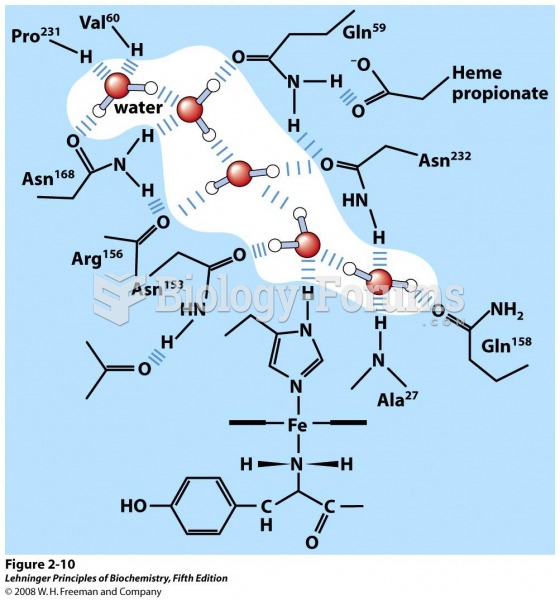Answer to Question 1
Configuration is the way that managers arrange the activities of the value chain. MNEs greatly improve their competitiveness and performance by configuring value activities to capture potential location economiesnamely, the economies that arise from performing a value creation activity in the optimal location for that activity, given prevailing economic, political, and cultural conditions. Therefore, several conditions shape how managers configure value chains worldwide, most notably, cost factors, cluster effects, logistics, digitization, economies of scale, and business environments.
a. Differences in cost factors, such as wage rates, worker productivity, inflation rates, and government regulations, create significant variations in production costs from country to country.
b. The cluster effect is when a particular industry gradually clusters more and more related value creation effects in a specific location. Each economic cluster creates unique location advantages that offer firms in that locale access to specialized resources that can dramatically improve the potential for innovation.
c. Logistics is how companies obtain, produce, and exchange material and services in the proper place and in proper quantities for the proper value activity.
d. Degree of digitization, or the degree to which an analog product can be converted into a string of zeros and ones, influences how a company configures its value chain.
e. An economy of scale refers to the reductions in unit cost achieved by producing a large volume of a product. Generally, economies of scale occur in industries with high capital costs in which those costs can be distributed across a large number of units of production, thereby resulting in lower per-unit costs.
f. The business environment is influenced by government policies, and these policies can make a country more or less attractive for an MNE.
Answer to Question 2
In figuring out who does what work, where, when and for whom, MNEs must horizontally differentiate their international operationsthat is, managers must divide the company into discrete units that are assigned responsibility for specialized tasks. Failing to tend to these fundamental questions in an effective manner leaves the company open to the risk of building an inefficient operation that ultimately will fail. The idea of horizontal differentiation describes how the company designs its formal structure to perform three functions: specify the total set of organizational tasks; divide those tasks into jobs, departments, subsidiaries, and divisions so the work gets done; and assign authority and authority relationships to make sure work gets done in ways that support the company's strategy. In traditional terms, MNEs resolved these issues on the basis of function, type of business, geographic area, or some combination of these three factors. While the specific design standards of each format differ, they all speak to the matters of horizontal differentiation.







